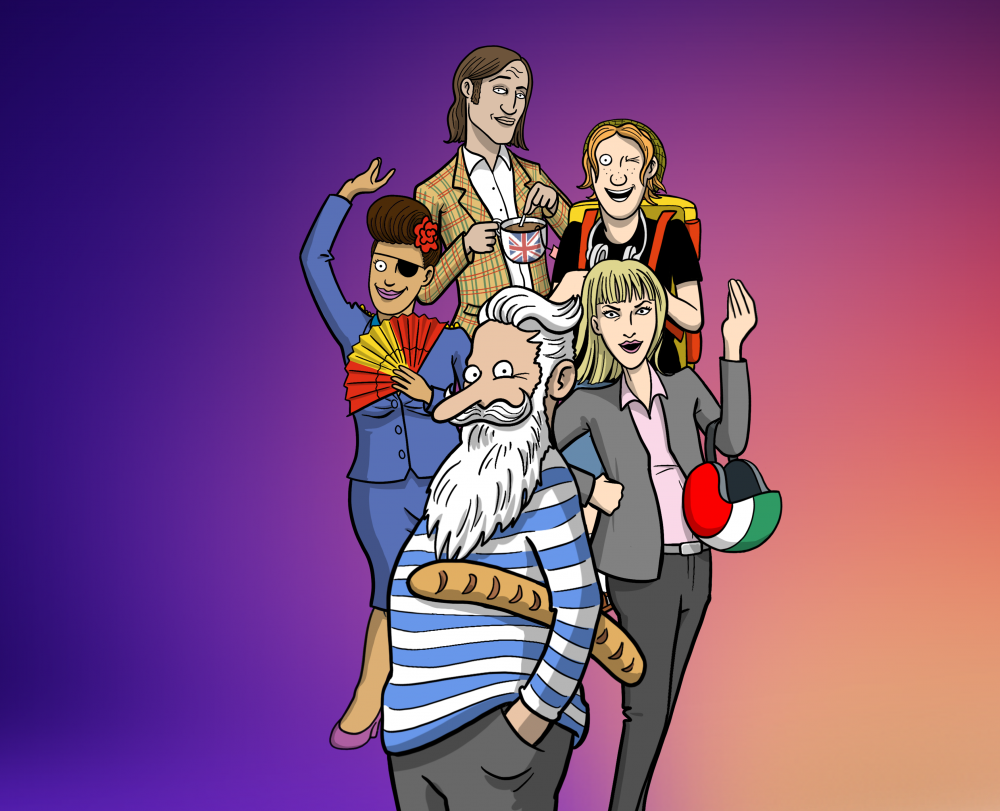Expressing large quantities: molto and tanto
Molto and tanto (very, a lot of) mean the same thing.
Anna ha molto lavoro.
Anna has a lot of work.
Anna ha tanto lavoro.
Anna has a lot of work.
We can use either molto or tanto before nouns, without any difference in meaning.
Ho molti amici in città.
I have a lot of friends in town.
Ho tanti amici in città.
I have a lot of friends in town.
It is better to use molto, which remains unchanged in this case, before adjectives and adverbs.
Sono molto contenta della tua scelta.
I am very happy with your choice.
Parli molto velocemente.
You speak very quickly.
When molto and tanto come before a noun, they need to agree with it, meaning that they then become molto/a/i/e or tanto/a/i/e:
Qui c'è molta gente.
There are a lot of people here.
All'Hotel Baldoria ci sono tanti gatti.
There are a lot of cats at the Hotel Baldoria.
Notes:
- We only use molto (not tanto) before meglio (better), peggio (worse), più (more), meno (less; few), prima (before) and dopo (after). When più and meno are followed by a noun, molto has to agree with it.
Maria cucina molto meglio di Luca.
Maria cooks much better than Luca.
Sono venute molte più persone del previsto.
Many more people came than were expected.
- Molto and tanto are never used together. Instead, we use moltissimo and tantissimo to give greater emphasis to molto and tanto respectively.
C'è moltissimo rumore.
There is so much noise.
Ho tantissima fame.
I am so hungry (literally, “I have so much hunger”).
Still facing difficulties with 'Expressing large quantities: molto and tanto'? Enhance your grammar and learn Italian through our online Italian lessons.
Start with a free test and improve today!
What our users say:
Improve your Italian further and test Saga Baldoria, online Italian course.

